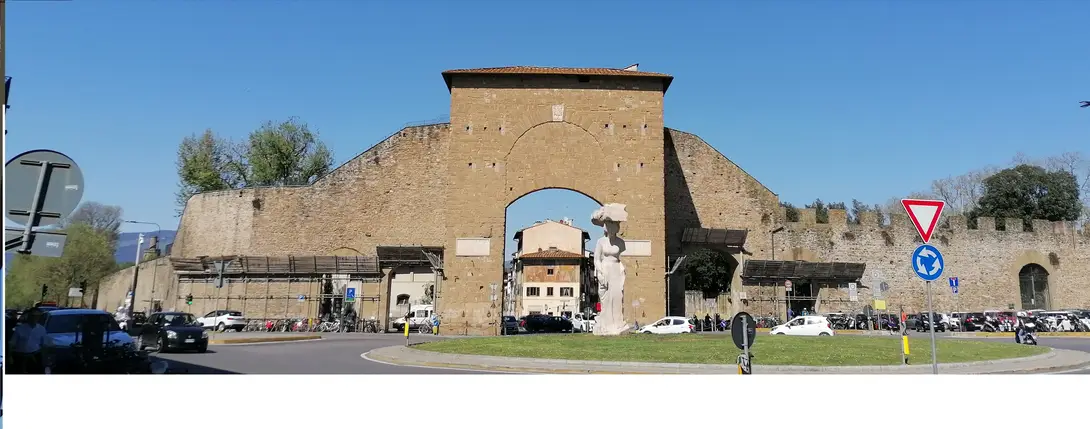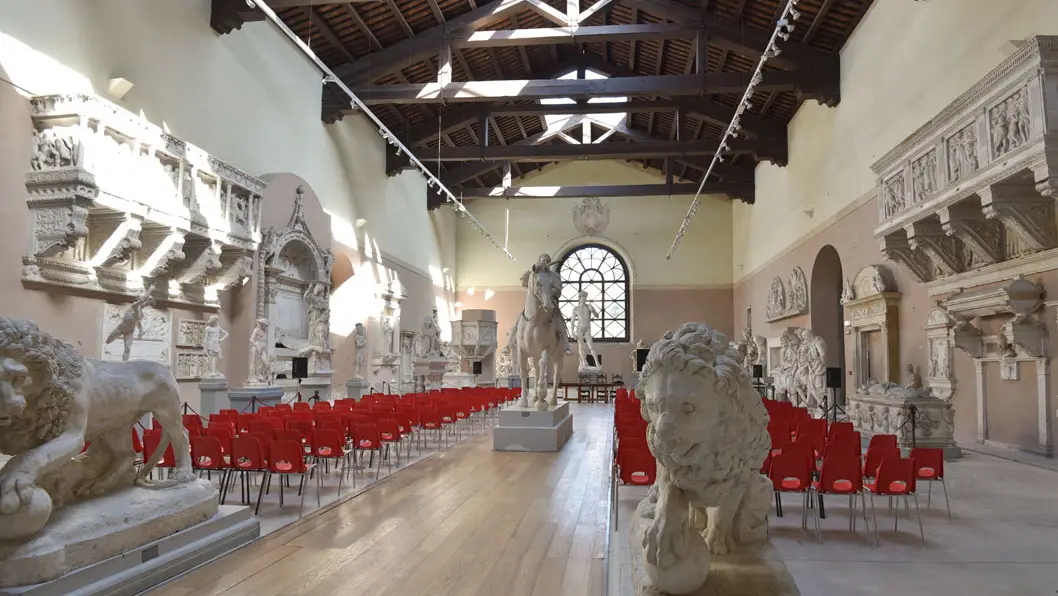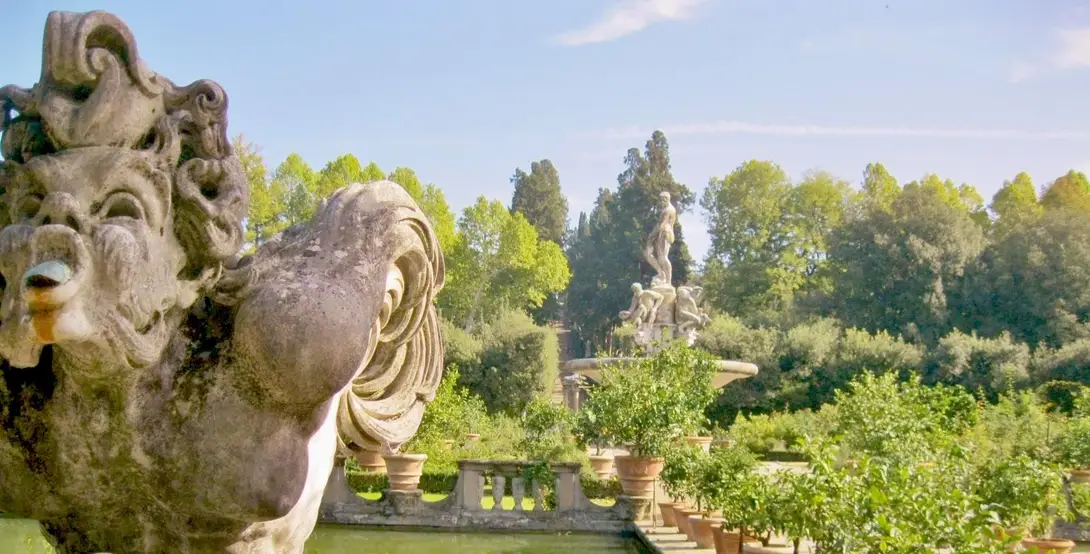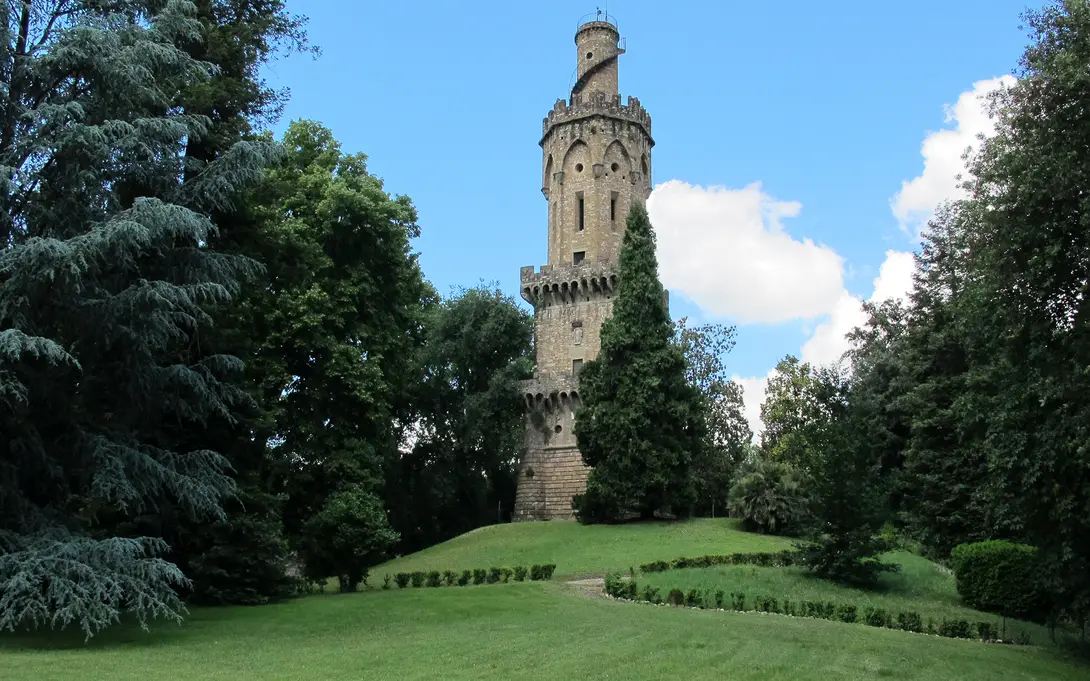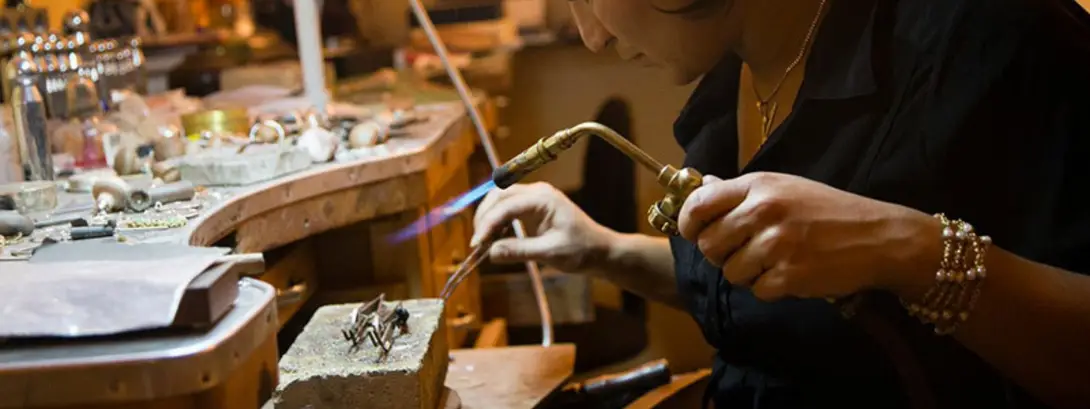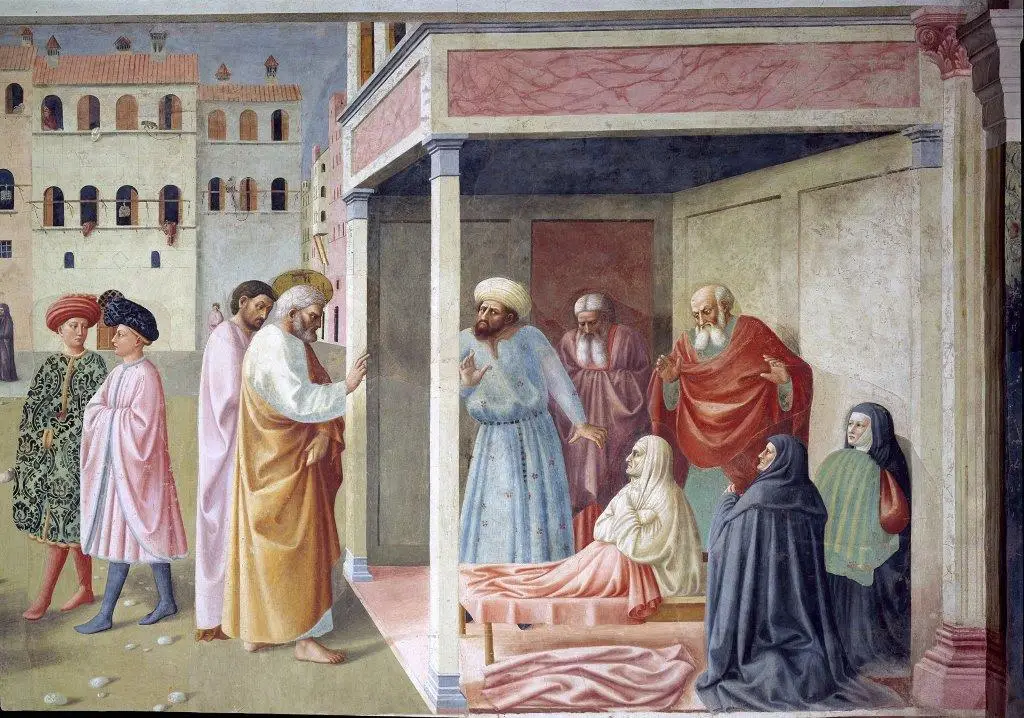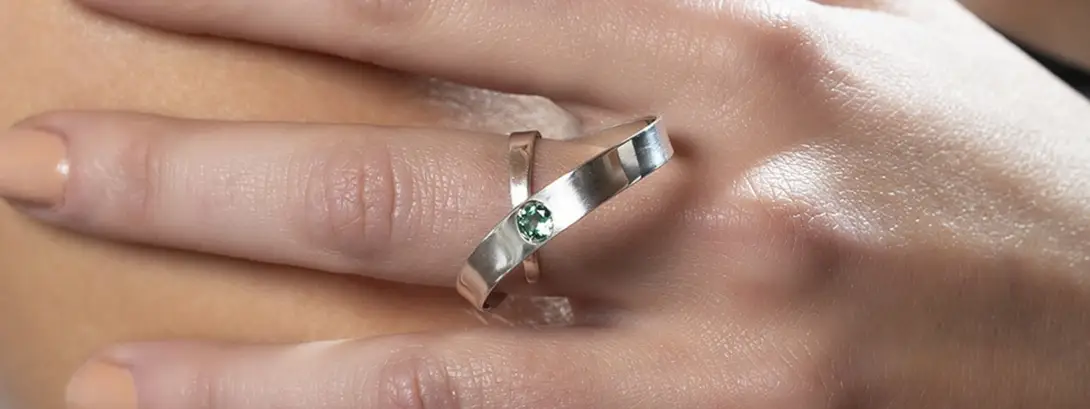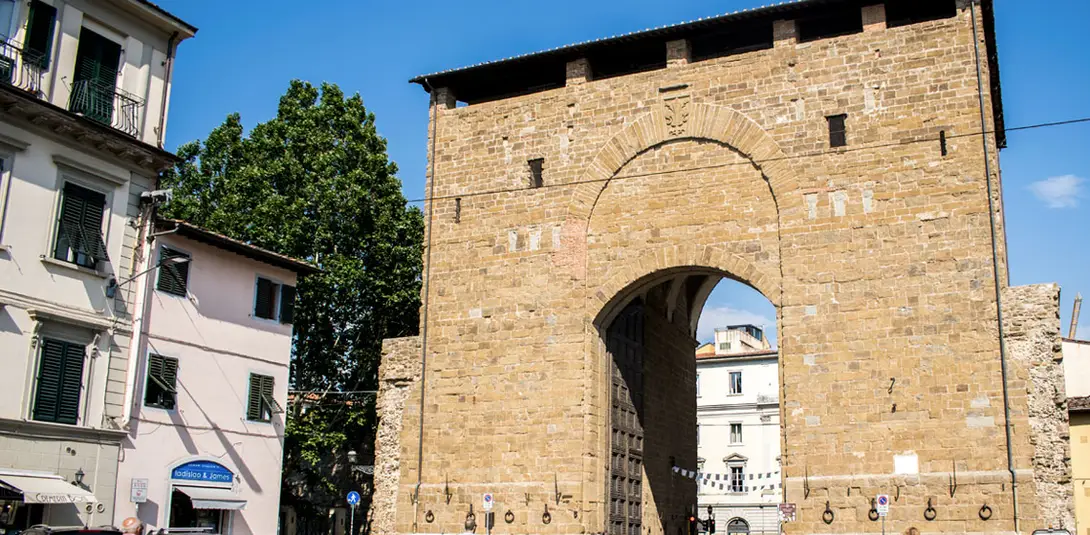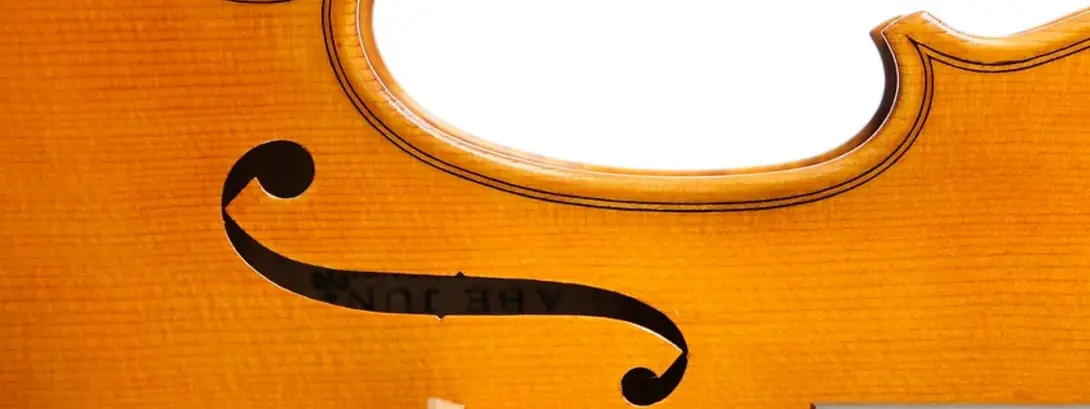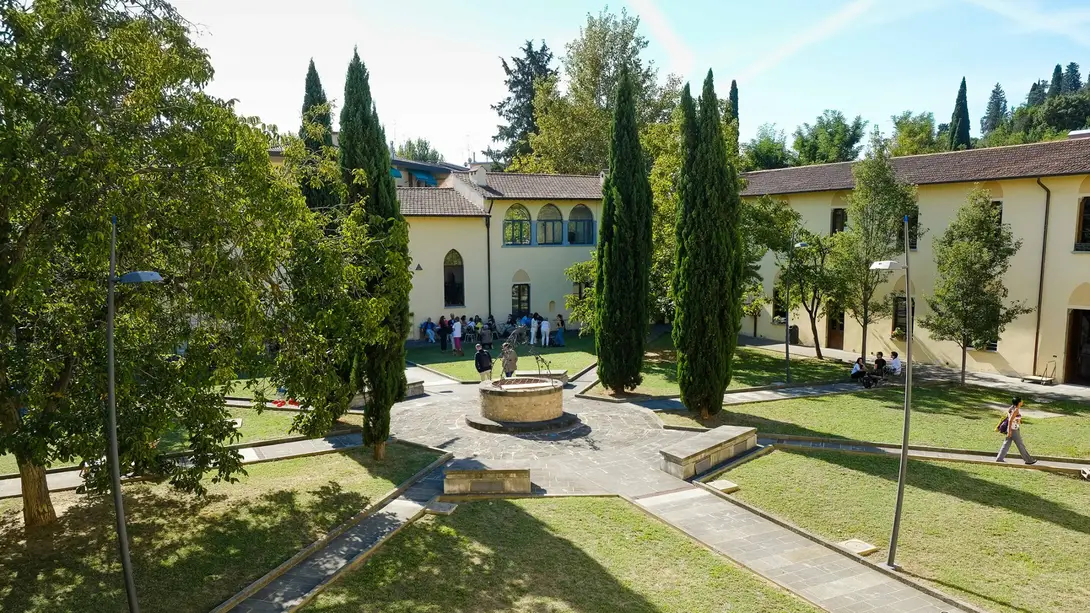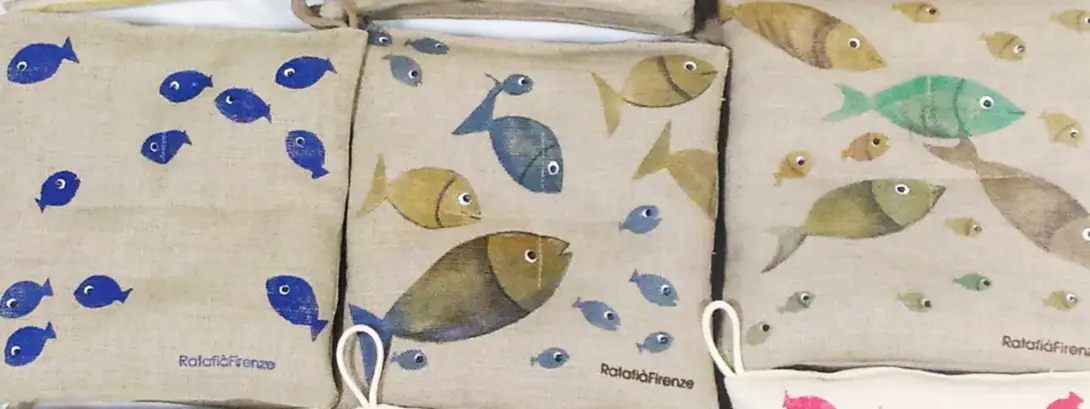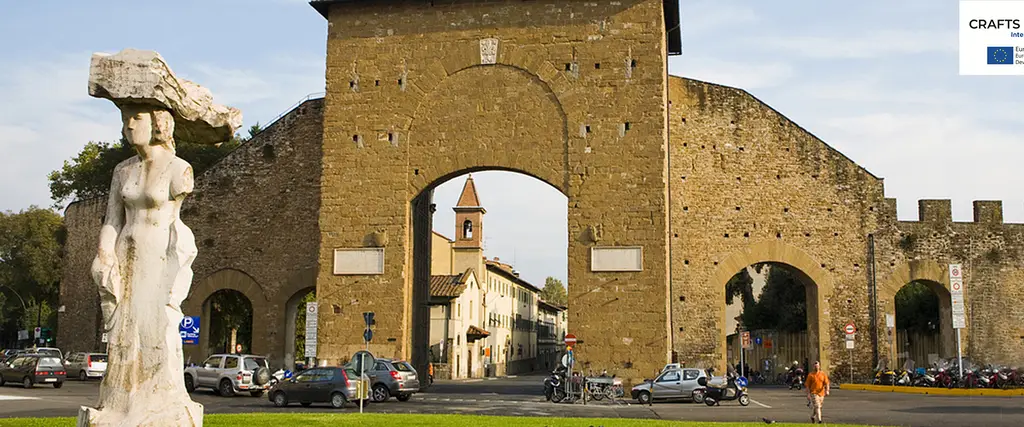
The triangle of the Oltrarno
The Oltrarno, or as they say in Florence Diladdarno and in particular the area included in the "triangle" enclosed by Porta San Frediano, Porta Romana and Piazza Santo Spirito, is the real protagonist of this itinerary.
An area for centuries known as the "home of the artisans" for its great concentration of workshops and workmanship, marked by architectural masterpieces, treasures hidden along the streets, works of art and gardens. An area to be explored through some of the craft workshops present, straddling the traditional and the contemporary, in a journey that will take the visitor to discover jewelry and silver work, painting on fabric, the art of violin making and wooden marquetry.
This itinerary will include a visit to interesting historic gardens, two gates of the city's wall circuit, an essential place for the birth of Renaissance painting, and the Conventino, the beating heart of Florentine craftsmanship.
This itinerary is part of the European project Crafts Code.
Comune di Firenze
The places
Stages
Porta Romana
Porta Romana, founded in 1328, is the largest gate in Florence after San Frediano; in ancient times, it allowed people to leave the city in the direction of Siena and Rome.
The central lily, a work by Giovanni Pisano in 1331, is made of marble, while the two side headstones, also in white marble, commemorate the visit of the Medici Pope Leo X in 1515 and the Holy Roman Emperor Charles V in 1536.
Today, there are five openings around the door; in the past it was only the one on the left, the other four were added in 1930 to facilitate the traffic and the access to Boboli Gardens.
Finally, there were originally statues on the outside of the door, but today only those of the Madonna and Child, St. Peter and St. Paul remain, which we can admire today under the steps of the courtyard of the Bargello Museum.
The Gypsotheca of the Istituto d'Arte di Porta Romana
The Gipsoteca of the Istituto statale d’arte of Florence, now the Liceo Artistico of Porta Romana, is the most interesting collection of plaster cast models in Italy, from fourteenth to the twentieth century.
Boboli Gardens
The Medici family was the first to take care of the Boboli garden’s arrangement, creating the model of the Italian-style garden, then an example for many European courts, in which a rational order is given to the vegetation and the geometries of the avenues and plants are embellished with grottoes, statues and fountains.
Opened to the public in 1766, it is a real open-air museum: valuable are the Roman statues and those of Renaissance sculptors such as Baccio Bandinelli and Giambologna; the amphitheatre, where court performances took place; the Grotta del Buontalenti, where Michelangelo's Prisons were placed (now replaced by copies).
Torrigiani Garden
It Is the second biggest garden (after Boboli Gardens) inside the city walls and it is a perfect sample of an English-style garden from an aesthetic and philosophical point of view. In 1813 Pietro Torrigiani, Mason, entrusted the development of the garden to Luigi de Cambrai Digny who also belonged to the Masonic lodge "Napoleone".The garden was supposed to have an itinerary in a Masonic-symbolic key, with symbols that had to remain mysterious and hardly decipherable: statues of the Sphinx and Osiris, little Arcadia temple , the small tower and other numerous architectures. Cambrai Digny worked at it for only one year.
In 1819 the architect Gaetano Baccani built the neo-Gothic small tower, the false merlons of the Medici bastion, the gymnasium, the aviary, and other games. Also in 1813 Antonio Pucci published the inventory, that contains the names of 13.000 plants in the soil and 5.500 in pott.
Ginevra Gemmi
Textural and sculptural jewellery, born from the research of organic surfaces, analysing their textures and structures in the multiple combinations of biochemical and environmental textures.
The use of brass, bronze and rough stones gives the jewellery an aspect of living matter, sometimes imperfect, making it unique and never the same over time
Naa-Studio, Florence Contemporary
NAA STUDIO is a workshop and showroom in Via de'Serragli, a stop-off recommended by the most important international tourist guides for those seeking an authentic encounter with historic Florentine craftsmanship. The relief of beautiful surprises far from the usual tourist circuits.
The Florentine author of the most famous gold and silver engravings on the Florentine girali theme is the daughter of Persian parents. A nature that transcends geographical space and translates into an unmistakable stylistic imprint that she likes to call 'Contemporary Renaissance'. Heir to the most refined Florentine school and to a research that germinates on her goldsmith's bench in Via dei Serragli beyond the boundaries of time, on 19 October last, Negar received a prestigious acknowledgement for her work and her decades of experience with the qualification of 'Master Craftswoman' from the Chamber of Commerce of Florence.
Brancacci Chapel
The frescoes in the Brancacci Chapel (Santa Maria del Carmine) are to be considered - especially thanks to the extraordinary artistic revolution introduced by Masaccio - among the highest expressions of the Renaissance painting.
The decoration of this chapel, built before 1386 in the right arm of the church transept, was begun around 1423 by Masolino and Masaccio with frescoes depicting episodes from the Life of St. Peter, and completed around 1485 by Filippino Lippi.
In the frescoes, the differences between the three authors are clear: Masolino's figures, elegant and still linked to late Gothic culture, contrast with the solidity, the profound humanity of the characters, and the rigorous perspective of the scenes frescoed by Masaccio; while Filippino Lippi, who is mainly responsible for the right wall, adapts figures and architectural elements to the severity of Masaccio's frescoes.
In the mid 15th century, the chapel was dedicated to the Madonna del Popolo and the altarpiece depicting the Madonna and Child, by an anonymous 13th century Florentine painter, was placed there.
ZOUGANISTA DI MOCHIZUKI TAKAFUMI
Born in Tokyo on 16 December 1979, Mochizuki Takafumi has lived in Florence since 2007. In 2008, at Master restorer Renato Olivastri's workshop, he learnt the art of antique furniture restoration and wood inlay. In 2014, he opened a workshop in San Frediano, where he practises the technique of marquetry, not only to make classic furniture items, but also other types of furnishings that present curvilinear patterns, such as shapes for shoes and hats, lamps, hangers for clothes and more, creating unique and special artefacts.
Chiara De Filippis
Chiara de Filippis is a goldsmith designer. The brand was born from the need to communicate: through her jewellery, she seeks the evocation of symbols and images of collective culture. The work is mainly directed towards a design of synthesis through philosophical and naturalistic inspirations: an example of this is the Moebius Collection, from the mathematical concept of the same name. The recent introduction of precious and semi-precious gemstones in the collections lends light and colour to the jewellery.
Porta San Frediano
Of all the gates in Florence's city walls, Porta San Frediano, founded in 1333 probably to a design by Andrea Pisano, is the largest and most imposing.
Scapitozzata (i.e. lowered) in the 16th century, it was covered by a gabled roof covered with tiles. The most interesting thing about it is the gate, composed of three different openings, the largest in the city and original to the period. Twelve metres high, it is entirely covered with nails to make it sturdier.
ABE JUN LIUTAIO
Abe Jun dedicated himself to violin making from 1981 in Tokyo and Nagano at Yu Iida's botega. He then moved to Salzburg to devote himself to restoration and in 1985 to Florence at Mitsumasa Usui to devote himself to bows.
His acquaintance with Giuseppe Stefanini and Giancarlo Guicciardi enabled him to perfect his style. Since 1991, he has been practising on his own. His violins are inspired by models of Stradivali and Guarneri di Gesù, while for the violas he makes his own models.
The varnish used is oil, according to classical tradition, yellow-red-orange, transparent and thick.
He has been an A.L.I. member since 2000.
Il Conventino
In the Florentine Oltrarno, the Conventino is an area of the municipality managed by ARTEX, which thanks to the Officina Creativa project is a place of reference for the safeguarding and promotion of the identity of artistic craftsmanship in its various technical, aesthetic, historical and innovative components, as an element of the material and immaterial heritage of the territory.
The Vecchio Conventino (the Old Little Convent) is a place full of charm and evocative sensations, which has a complex and varied history. It was founded in the Nineteenth Century as the monastery of Saint Teresa of the Discalced Carmelite Nuns. In 1917, it was turned into a hospital to welcome the surviving soldiers of the Battle of Caporetto. At the beginning of the Twenties, it was sold to a private individual, Paolo Uzielli, who signed contracts for the rental of the premises to be used as craftsman workshops and artists’ ateliers. Since then, the Vecchio Conventino has become closely linked to work, handicraft, art and the social history of the Oltrarno district, very popular among intellectuals, artists and philosophers. During the Fascist period, it housed an illegal printing house, and during the Second World War, it was used as a shelter for the partisans, including Sandro Pertini. This complex has been completely restored by the Municipality of Florence and now it is hosting around 20 traditional craft workshops.
Ratafià
The Ratafià Firenze style is simple and original. For our handcrafted creations we favour natural fabrics such as linen, cotton and hemp with which we make all our items, from kitchen accessories to furnishing accessories to bags. The creation of each item starts with raw fabrics that are sewn, washed, dyed and painted until a unique and personal product is obtained.
